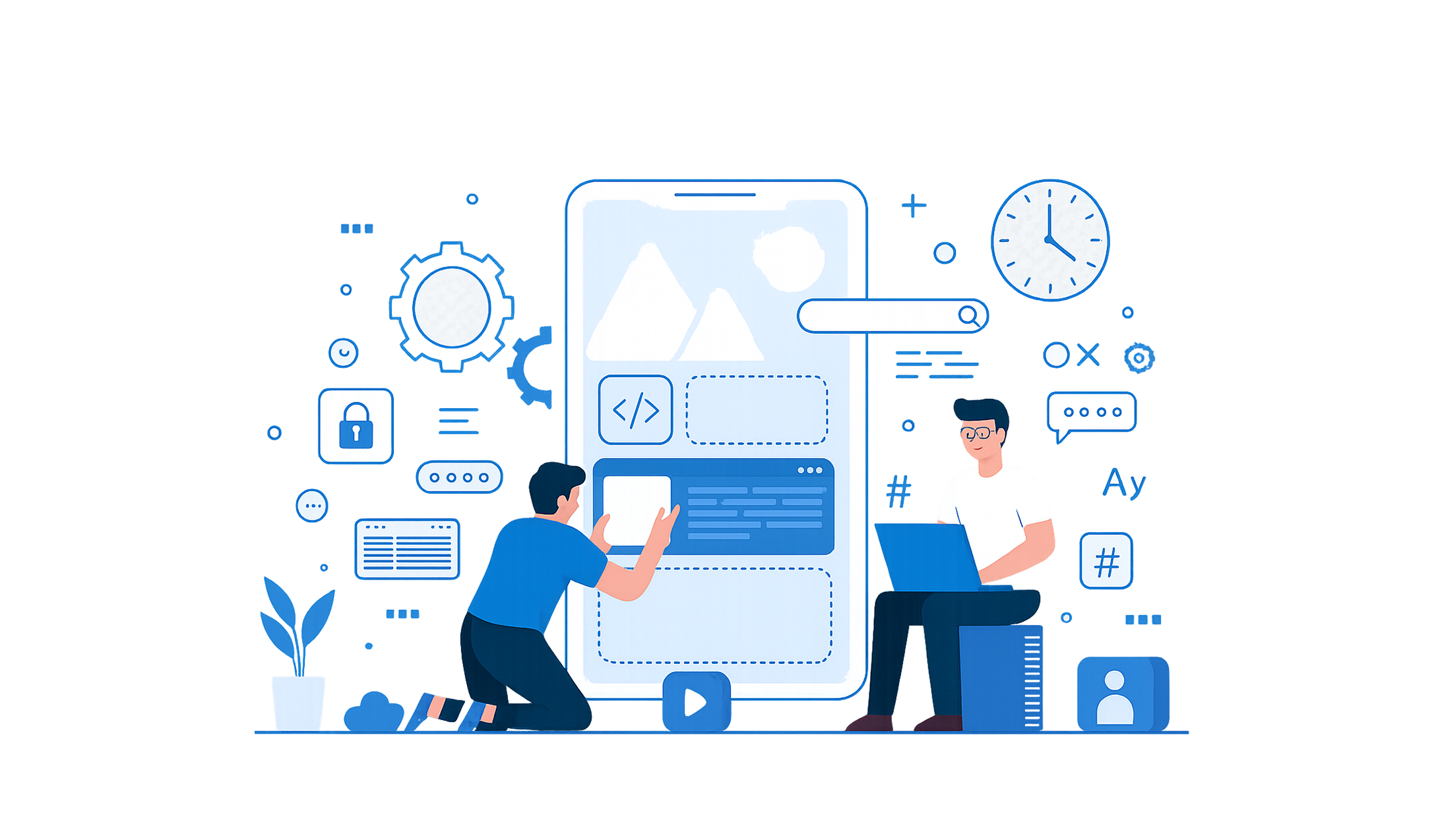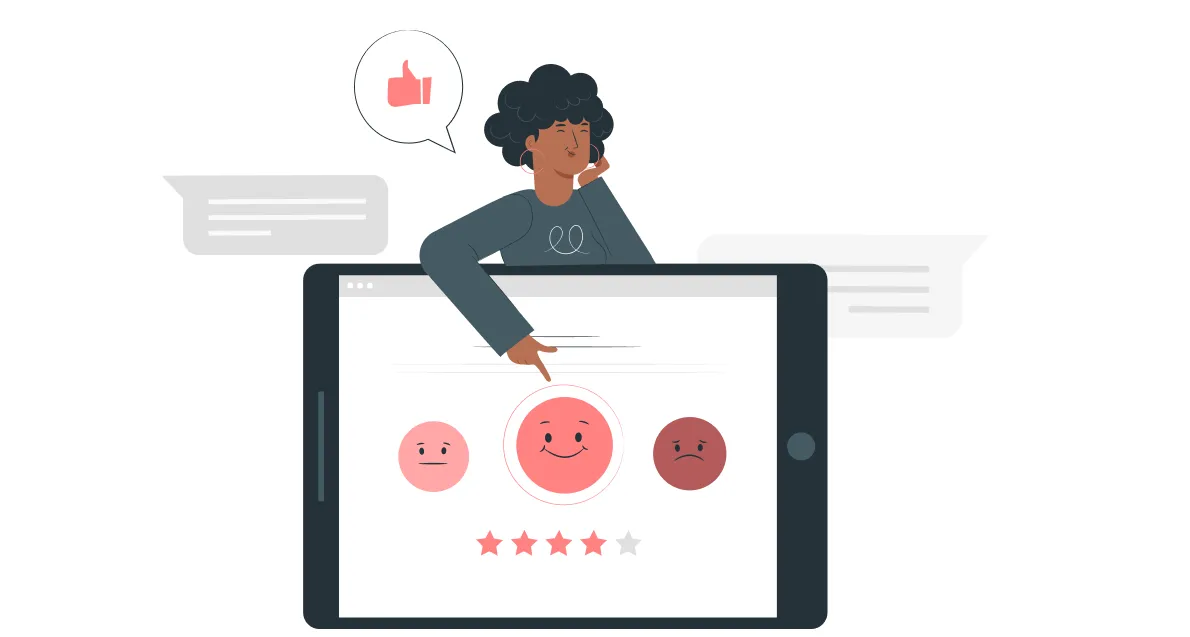How to Create a Mobile App for Your Business
Today, a mobile app is not just an add-on — it’s a powerful tool for attracting and retaining customers. With over 56% of internet traffic coming from mobile devices, it’s critical for businesses to offer a solution that engages users on the go. Unlike websites that need additional adaptation for smartphones, mobile apps are intuitively designed for mobile use, making the user experience smoother and more convenient.
If you’re wondering how to build a mobile app from scratch, this guide will walk you through the key stages, tools, and development approaches. We’ll explore who needs mobile apps, how they’re built, and what to consider at each step.
Why and Who Needs a Mobile App
Mobile apps help businesses stay closer to their customers. They streamline processes, boost sales, enhance user experience, and increase brand loyalty. Here’s who can benefit from having an app:
- Small and medium businesses — to automate orders, display current prices and promotions, or launch loyalty programs
- E-commerce and delivery services — to simplify purchasing, integrate payments and deliveries, track order status, and send push notifications
- Educational platforms— to provide access to courses, schedules, tests, and teacher communication
- Influencers and content creators — to centralize content, sell products, run polls, and engage with audiences
- Courier and logistics companies — for real-time route management, order tracking, and client communication
Unlike a website, an app is always at hand, can work offline, and sends push notifications — making it a powerful solution in today’s mobile-first world.
Where to Begin
Before diving into the technical aspects, define why you need an app. A clear objective will save you time, money, and avoid unnecessary mistakes.
What you need to get started:
- A clear idea and the problem your app will solve
- Competitor analysis
- Platform choice: Android, iOS, or both
- Target audience profile
- A rough list of key features
Important: Android and iOS development requires different technologies. In some cases, it makes sense to start with just one platform.
App Builders: Fast Start Without Coding
If you're not a developer and don’t plan to invest heavily at the beginning, consider using app builders — online services that let you create apps without programming skills. A company founder can create an MVP in 3–5 hours using a builder.
When to Use an App Builder:
- To test an idea. Instead of building a full-scale product from day one, start with an MVP — a minimum viable product. The goal is to validate your concept and see if users find it valuable. A simple MVP lets you pitch the core solution to investors or early users.
- When budget is tight. Ideal for startups or individuals who need to validate their idea before hiring developers.
- When the app is simple. For use cases like chatbots, catalogs, or surveys, pre-made templates are enough to launch quickly.
At Fruktorum, we’ve seen many clients start with builders — it’s cheap and fast. But within months, they often face limitations: lack of customization, analytics, or scaling. Eventually, they switch to custom development after wasting time and budget on temporary solutions.
Popular App Builders
Here are some platforms to build your app:
- AppGyver — flexible, suited for advanced users
- Adalo — beginner-friendly with a simple UI
- Thunkable — powerful visual editor (English only)
- Glide — creates apps from Google Sheets
- GoodBarber — great for e-commerce and content portals
Each platform has its pros, cons, and pricing. Choose one based on your goals and skills.
Custom App Development
If your app requires unique functionality, advanced logic, or a distinctive design — custom development is the way to go. In this case, the app is built from scratch based on your business needs.
Benefits of Custom Development:
- Total flexibility — no template limitations, complete control over logic and user experience
- Scalability— easily add features, handle more users, and adapt to growth
- Ongoing support — updates, bug fixes, and OS compatibility are managed by your development team
- Third-party integrations — CRM, ERP, payments, analytics — all tailored to your infrastructure
You can work with freelancers, an IT agency, or build an in-house team. Choose based on expertise, not just price.
Common Features You Can Implement
A mobile app can vary in complexity, but often includes:
- User registration and login
- User profile
- Push notifications
- Geolocation and maps
- Online payments
- Product/service catalog
- Chat support or messaging
- External service integrations
- Personal dashboard and order history
The exact feature set depends on your business goals and user expectations.
Our Experience at Fruktorum
We’ve developed mobile solutions for e-commerce, education, fintech, event management, and more. Notably, we’ve worked on:
- Miinare — a spiritual lifestyle app that helps religious users follow rituals and access sacred content
- Aisma — an AI-powered app that generates new images from user photos
And that’s just a glimpse of our portfolio.
Mobile App Development Stages
Here are the key stages you’ll need to go through:
- Analysis & Requirements Gathering — define goals, research the market, and identify user needs
- Prototyping & Design — create screen maps, wireframes, and user interface
- Development — code the app, backend systems, databases, and APIs
- Testing — fix bugs, validate UX and performance
- Publishing — submit the app to Google Play and the App Store
- Support — update, optimize, and expand features over time
A well-structured process is the foundation of a successful launch.
Final Thoughts
You can launch a mobile app today — even without coding skills — using app builders. But if you're aiming for a high-quality, scalable solution, custom development is the smarter choice.
Key tips:
- Start with your goal
- Test your concept via an MVP
- Choose your platform and target audience wisely
- Plan your budget ahead of time
- Trust experienced developers
And if you're not sure where to begin — the Fruktorum team is here to guide you from idea to launch. We develop mobile apps for every need and budget — tailored to your business goals.







